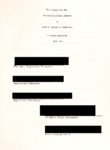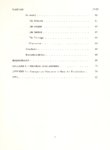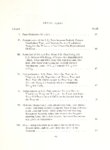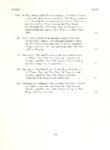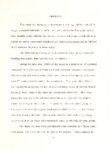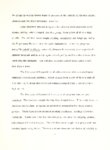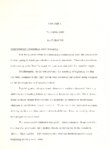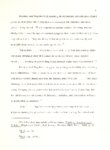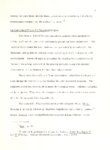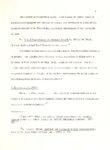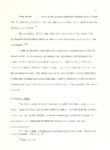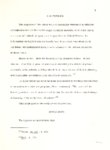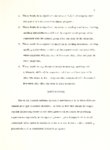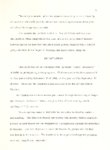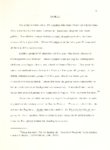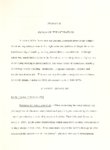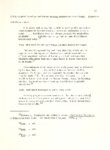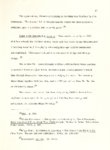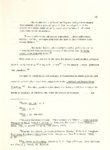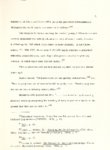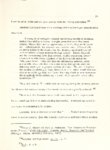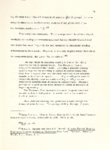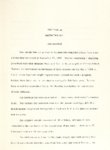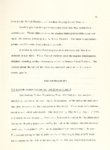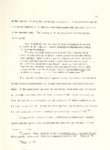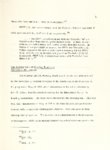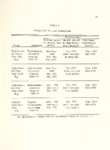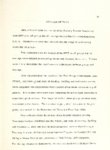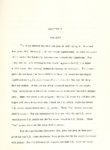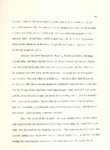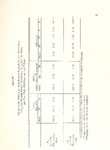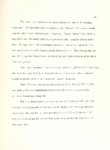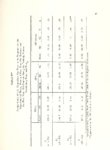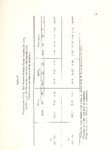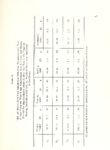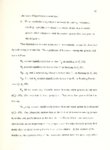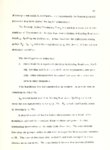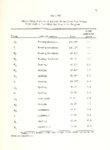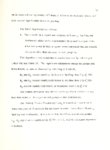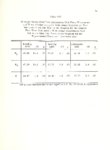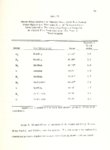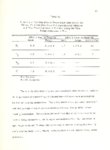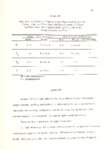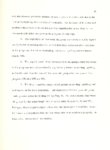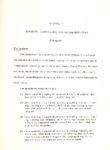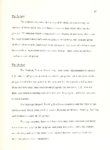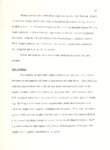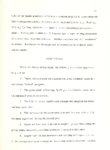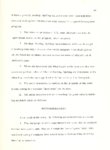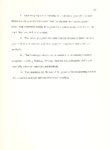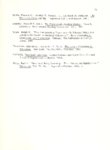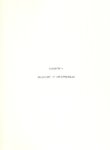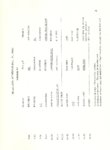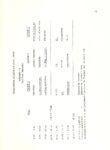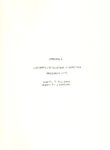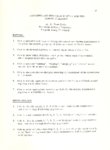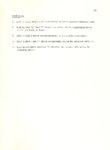| Description |
This study was designed to determine at what age children should be taught academic material formally, in a structured school program and to give Granite School District the information on which it can confidently base future decisions about early childhood and kindergarten programs in advance of the national emphasis in these areas. The study was also designed to demonstrate teaching techniques in working with three, four and five-year old children. During the first year (1968 -69) the program consisted of 120 children composed of two classes of three-year olds and three classes of four-year olds from the Salt Lake County, Utah area. Of the 120 subjects in the first year 87 remained at the end of the second year. Five -year old children, the regular kindergarten children at an elementary school in Granite School District, were added to the study the second year (1969-70). They were instructed with the same material and methods as used with the original three and four-year old children. A randomly selected control group of five -year olds were the regular kindergarten children from an elementary school in Granite District. The random selection was made from among schools rated at the same socio-economic status as the experimental group. The three and four-year old children were selected on a "first come, first serve" voluntary basis on the part of the parents. Announcement of the program was by letter home to parents in the schools in Granite School District and two daily newspaper articles. Upon entrance into the program the subjects were assessed as to mental ability, which ranged, for this group, from a low of 59 to a high of 138. The children were taught reading, arithmetic and language, using the Engelmann Distar materials (SRA Publishers). A music program, using Threshold to Music materials (Fearon Publishers), a concept development program and an art program developed by staff members were also used with the children. The children attended school three hours a day, five days a week. The five-year old experimental subjects were also assessed upon entrance as to mental abilities, which ranged from a low of 81 to a high, of 145; the I.Q. 's of the five-year old controls ranged from a low of 81 to a high of 141. The five -year old controls' instructional program was not prescribed. The teachers taught the way they thought best. This study does not examine curriculum, program or method of instruction for these control groups. Their instruction included reading readiness, reading activities, and math. There was time for creative play, records and singing, games, educational TV and a recess. The children were taught as a group with one teacher instructing them. There was more freedom for choice of activity or inactivity in this program and there were differences between groups in instructional content, as well as sequence of experiences. Results of this study show that there was a significant increase in the Mean 1. Q. of the Experimental Five-year Olds after one year in the program where the structured academic program had been used. There was no significant increase in the Mean 1. Q. of the Experimental Three-year Olds, Experimental Four-year Olds or the Five-year Old Controls after one year in the program. After two years in the program there was a highly significant increase in I. Q. for children who had begun in the Experimental Three and Four-year Old groups. All subjects were assessed upon entrance and after one year in the program as to reading readiness, reading, spelling and arithmetic skills. The experimental three and four year olds were also assessed for these skills after two years in the program. When comparing each group's performance, after one year in the program, there were significant differences among the groups and tests except in arithmetic. The Experimental Five -year Olds scored statistically significantly better in reading readiness, reading and spelling than the Experimental Three-year Olds; the Experimental Four-year Olds scored significantly better in reading readiness and reading than the Experimental Three -year Olds; the Control Five -year Olds scored statistically significantly better in reading readiness and reading than the Experimental Three-year Olds; and the Experimental Five-year Olds scored statistically significantly better in reading than the Control Five-year Olds. The Experimental Three -year Olds did not score significantly better than any other group at this testing.When comparing the Experimental Three and Four-year Olds, after two years in the program with the Five -year Old group after one year in their program, the Experimental Three and Four-year Old groups scored statistically significantly better in Spelling and Reading than the Five -year Old Control group. The Experimental Four-year Olds scored statistically significantly better in Arithmetic than the Five -year Old Control group. This data supports the propositions that with this type of structured academic program for three and four-year old children, significantly greater increases in academic skills take place after two years in the program than are characteristic of the gains made by five -year old children in the regular kindergarten program and that significant increases in the Mean. I. Q. occur for five -year olds after one year in a structured academic program and for three and four -year olds == two years in a structured academic program. |



